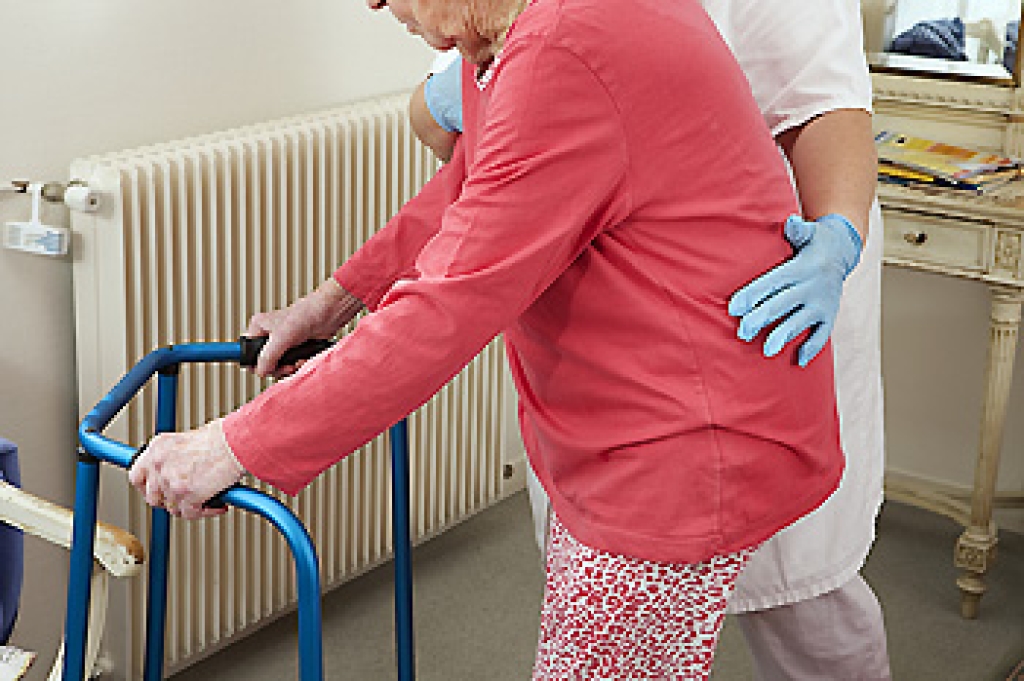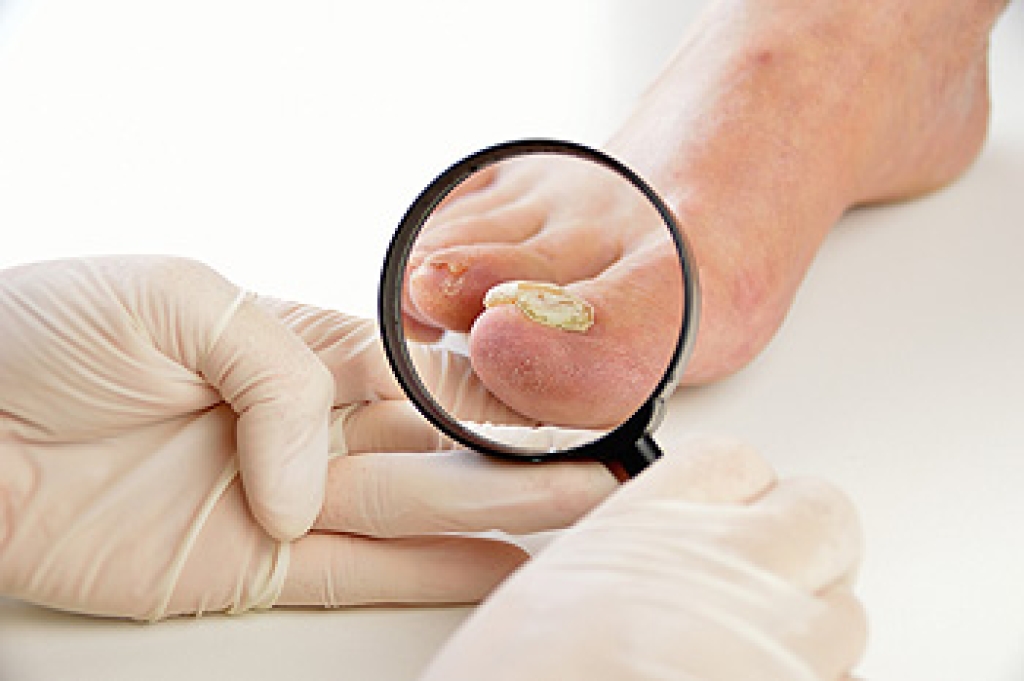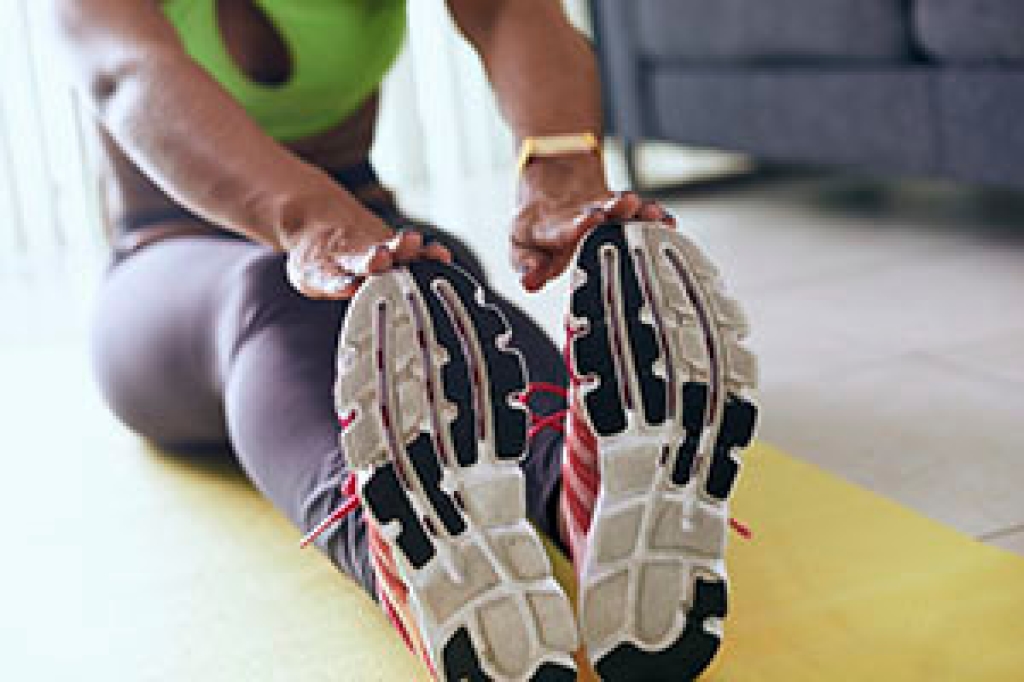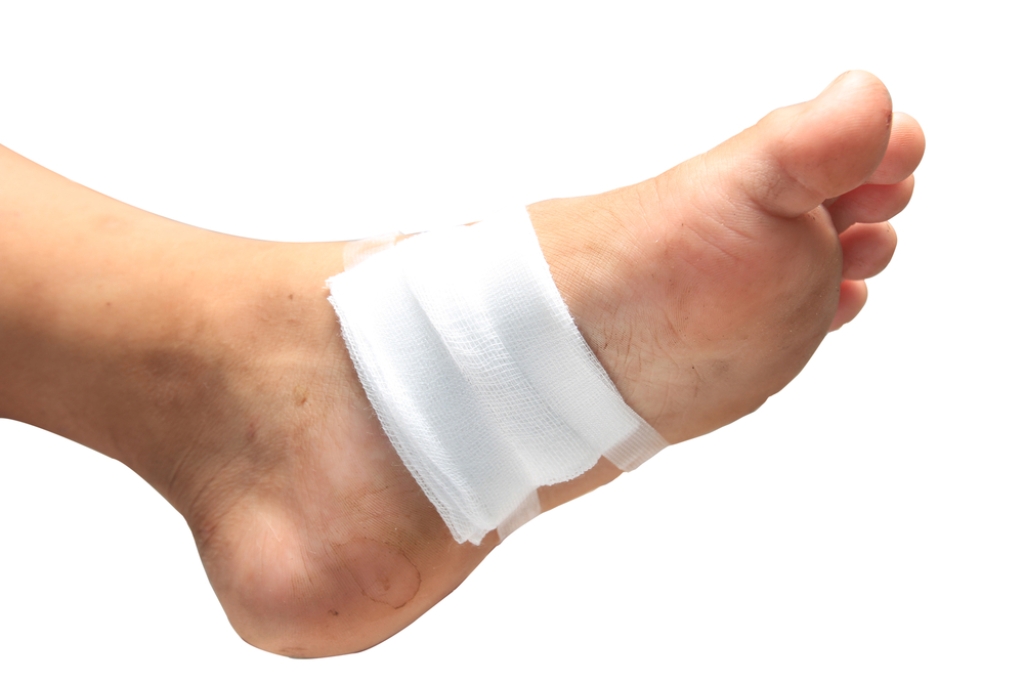 Many seniors can incur serious foot injuries as a result of falling. It is not a natural process of aging and can possibly be prevented by implementing specific stretching techniques. It is beneficial to adhere to a gentle exercise routine. This can help to keep the muscles flexible and strong, in addition to diminishing the fear of falling. When falling occurs, many elderly patients find it difficult to complete daily activities, resulting in a lack of independence. As the body gets accustomed to exercising, it may be helpful to set realistic goals which may improve balance and strength. If you would like additional information about the benefits of performing foot exercises, please confer with a podiatrist who can guide you toward setting the right goals for you.
Many seniors can incur serious foot injuries as a result of falling. It is not a natural process of aging and can possibly be prevented by implementing specific stretching techniques. It is beneficial to adhere to a gentle exercise routine. This can help to keep the muscles flexible and strong, in addition to diminishing the fear of falling. When falling occurs, many elderly patients find it difficult to complete daily activities, resulting in a lack of independence. As the body gets accustomed to exercising, it may be helpful to set realistic goals which may improve balance and strength. If you would like additional information about the benefits of performing foot exercises, please confer with a podiatrist who can guide you toward setting the right goals for you.
Preventing falls among the elderly is very important. If you are older and have fallen or fear that you are prone to falling, consult with Afsaneh Latifi, DPM from Lenox Hill Podiatry. Our doctor will assess your condition and provide you with quality advice and care.
Every 11 seconds, an elderly American is being treated in an emergency room for a fall related injury. Falls are the leading cause of head and hip injuries for those 65 and older. Due to decreases in strength, balance, senses, and lack of awareness, elderly persons are very susceptible to falling. Thankfully, there are a number of things older persons can do to prevent falls.
How to Prevent Falls
Some effective methods that older persons can do to prevent falls include:
- Enrolling in strength and balance exercise program to increase balance and strength
- Periodically having your sight and hearing checked
- Discuss any medications you have with a doctor to see if it increases the risk of falling
- Clearing the house of falling hazards and installing devices like grab bars and railings
- Utilizing a walker or cane
- Wearing shoes that provide good support and cushioning
- Talking to family members about falling and increasing awareness
Falling can be a traumatic and embarrassing experience for elderly persons; this can make them less willing to leave the house, and less willing to talk to someone about their fears of falling. Doing such things, however, will increase the likelihood of tripping or losing one’s balance. Knowing the causes of falling and how to prevent them is the best way to mitigate the risk of serious injury.
If you have any questions, please feel free to contact our office located in New York, NY . We offer the newest diagnostic and treatment technologies for all your foot care needs.








